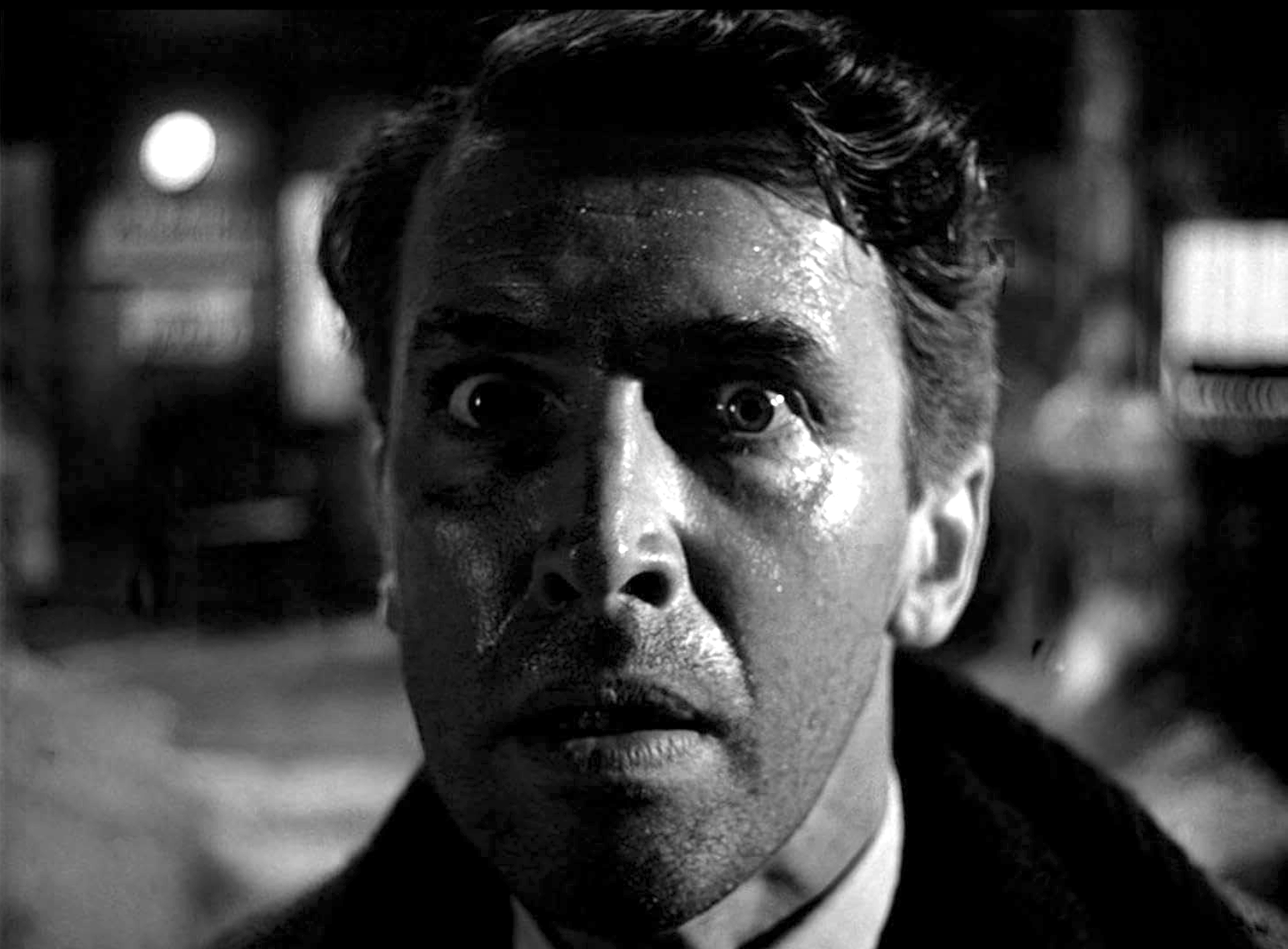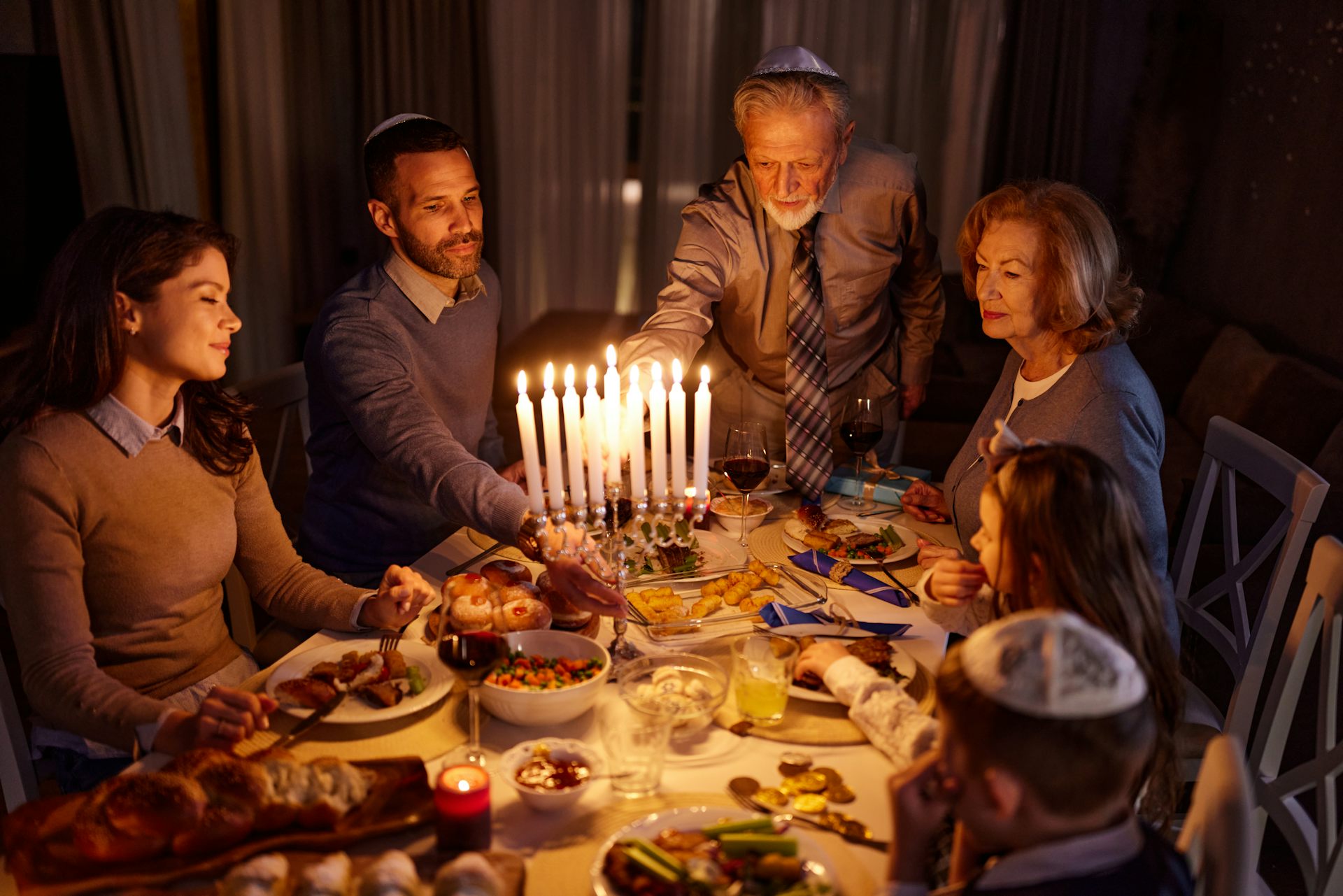For Syrian Druze, latest violence is one more chapter in a centuries-long struggle over autonomy
The violence that overwhelmed Sweida in July 2025 reflects challenges under the transitional government, but also age-old tensions over Druze autonomy.
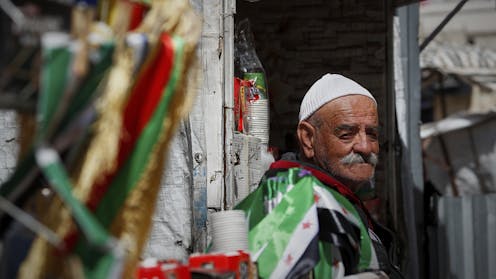
Fighting has flared on and off in southern Syria for nearly a month, despite a fragile ceasefire. Violence in July 2025 left more than 1,600 people dead, according to the Syrian Observatory for Human Rights, including at least 166 civilians. The group, which is based in the United Kingdom, also recorded 401 cases of extrajudicial executions by state security forces.
The full extent of the destruction and humanitarian crisis is still emerging in areas around Sweida, a region that’s home to most of the country’s Druze minority. Fighting first flared in mid-July after Bedouins attacked a Druze resident at a checkpoint.
As violence between Druze militias and Bedouin fighters escalated, Syrian forces entered to purportedly calm the tensions. But forces aligned with the Syrian government have been accused of targeting the Druze, including atrocities such as a massacre at a local hospital and executing unarmed civilians. Despite the U.S.-brokered ceasefire, access to Sweida remains restricted, with only limited aid allowed in.
At the core of the conflict lies Syria’s long-standing challenges integrating peripheral regions and minorities, which has proved particularly dangerous for the Druze. Many leaders in the new regime have roots in the extremist Islamic militia Hayat Tahrir al-Sham, or HTS, which grew out of a group affiliated with al-Qaida, prompting concerns that the central government will try to impose its religious and cultural norms.
As Druze studies scholars, we believe the crisis in Sweida encapsulates Syrians’ key challenges: protecting the country’s diversity and balancing regional autonomy with unity.
Ottoman history
The Druze broke off from the Ismaili school of Shiite Islam during the Fatimid Caliphate, an empire that ruled large parts of North Africa and the Middle East.
In the 11th century, the community established a distinct religious identity and today has about 1 million to 1.5 million members. Most live in the Middle East, with smaller diaspora communities around the world. The largest center is in Hawran, an area in present-day southern Syria that includes the city of Sweida.
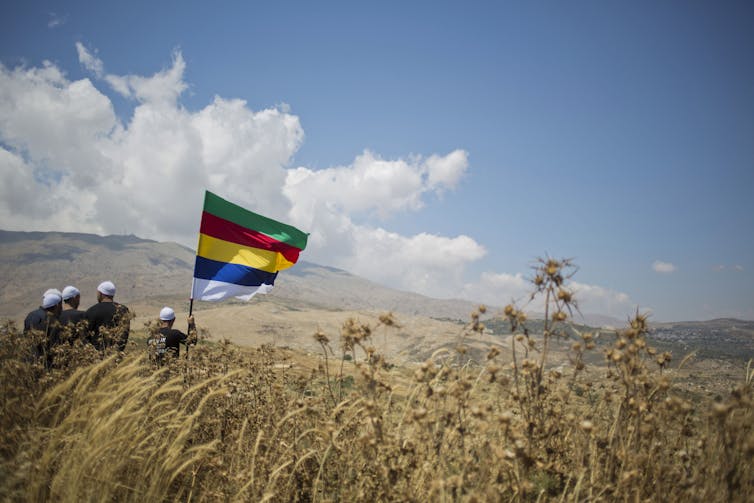
Many roots of the Druze’s challenges today date back to the Ottoman period – particularly concerns about autonomy. In 1837-1838, the community in Hawran led a rebellion against Muhammad Ali Pasha, the Ottoman governor of Egypt, to resist forced disarmament and conscription.
The nine-month conflict ended with an agreement to exempt the Druze from serving in his military. More broadly, this event showcased Druze commitment to autonomy and self-defense as a way to preserve their identity and defend their religious freedom.
Importantly, the uprising also led to the establishment of the Hajari sheikhdom, the oldest of the Syrian Druze community’s three recognized religious authorities. Sheikh Abu Hussein Ibrahim al-Hajari, who led resistance against Egyptian forces, is the great-grandfather of Sheikh Hikmat Al-Hijri, the current Druze leader seeking autonomy in Syria.
Throughout the late Ottoman period, the Druze continued to resist disarmament and conscription. They managed to maintain significant autonomy well into the 20th century, often ruled by a local Druze emir, and retain the freedom to practice their own faith and culture.
Modern Syrian state
A new challenge to Druze autonomy came after World War I, however. The French gained control of a mandate in present-day Syria and Lebanon and established the autonomous state of Jabal al-Druze. They later imposed direct rule, prompting the Druze to launch an armed rebellion under the leadership of Sultan Pasha al-Atrash, whom many Syrians still revere as a hero.
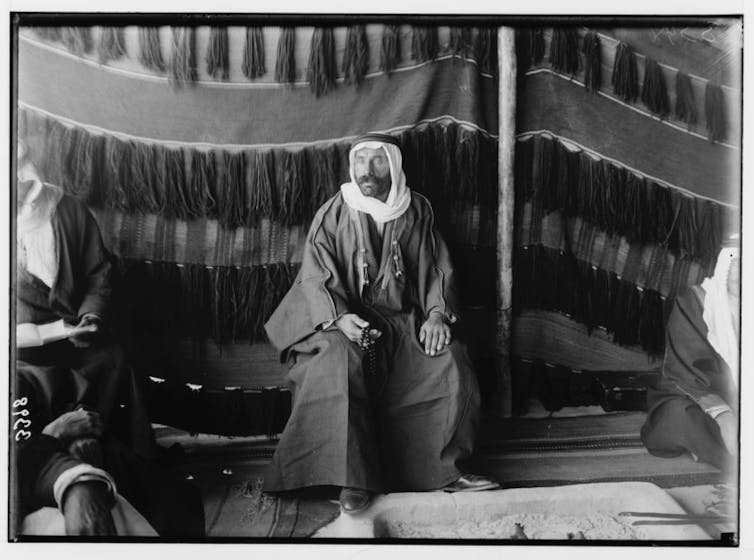
Though the rebellion began in Sweida, it quickly became a nationwide movement for liberty, unity and independence from the French: the Great Syrian Revolt, which lasted from 1925-27.
The country eventually gained independence in 1946, but the Druze continued to face challenges. In 1949, for example, military officer Adib al-Shishakli seized control of the Syrian government. He accused the Druze of apostasy, treason and collusion with external powers, including Israel. In 1953, Shishakli launched an assault on Sweida and shelled Druze villages, killing about 300 civilians.
Under the Baath regimes, which lasted from 1963-2024, Druze officers were purged from the upper military ranks. The community was politically marginalized, and Druze areas in the south were excluded from economic development, leaving them chronically impoverished.
Syrian civil war
The start of the Syrian civil war, which began in the wake of 2011’s “Arab Spring” protests, put the Druze in a difficult position.
Initially, some had supported Bashar Assad’s regime, hoping it would protect their community from the war. However, they opposed military service. As time went on, the Druze tried to maintain neutrality, embracing the slogan “Syrian blood is forbidden to be shed by Syrians.”
Originally, the many rebel groups fighting Assad’s forces included both secular and Islamic militias. Islamic groups gradually took control of the revolution, however, making the Druze even less compelled to join.
As the war intensified, they held protests for political and economic change. Druze leader Sheikh Wahid al-Balous formed local defense forces called Harakat Rijal Al-Karama, the Men of Dignity, to protect their towns and shelter defecting soldiers, preserving order and some degree of autonomy.
This didn’t shield the Druze from the war’s ravages. Despite the Druze’s nonviolent stance, their communities were targeted at times for their religious identity and refusal to back the regime.
In 2023, amid a deepening economic crisis, the Druze launched a peaceful uprising demanding regime change, economic reform and political freedom.
New government
Assad fled the country in December 2024, and an interim government was put in place under Ahmad al-Sharaa. Many Druze in Sweida deeply distrust al-Sharaa and his associates, however, and are nervous that the new government will rein in their freedoms.
During the war, he led the Islamist militia HTS, which evolved from the al-Qaida affiliate Jabhat al-Nusra. Jabhat al-Nusra was responsible for the Qalb Loze massacre in 2015, which killed about two dozen Druze civilians. Jubhat al-Nusra and the Islamic State group also clashed with Druze communities in Sweida and Hadar, a Druze village in the Syrian portion of the Golan Heights, causing hundreds of deaths.
In January 2025, al-Sharaa vowed to create an inclusive country, calling “all Syrians to participate in building a new homeland.” But the new government has since raised concern among minority communities.
The transitional constitution, for example, grants the president broad powers over the legislature and judiciary branches – and HTS members occupy all key positions in the president’s Cabinet.
After coming to power, al-Sharaa attempted to assert federal control. The government moved to disarm other militias, including Kurd, Alawite and Druze self-defense groups, and sidelined local leaders.
Distrust intensified in March and April as fighters aligned with the new government massacred Alawites in coastal communities. Then, in late April, a fabricated recording of a Druze religious man insulting the Prophet Muhammad incited sectarian violence against Druze towns near Damascus. The accused man denied he had made the recording, and Syria’s Ministry of Interior confirmed it was fake as well. Security forces were deployed to the area, and the violence killed more than 100 Druze fighters and civilians, according to the Syrian Observatory for Human Rights.
The conflict ended with a ceasefire agreement, under which the interim government delegated security in Sweida to local forces and would safeguard the highway to Damascus – the district’s link to the outside world. The agreement also lifted a siege on Druze villages near Damascus and Sweida.
The July conflict, however, was sparked by a Bedouin checkpoint that blocked the same highway, and it escalated when the government deployed armed forces from outside the district – violations of the agreement’s terms.
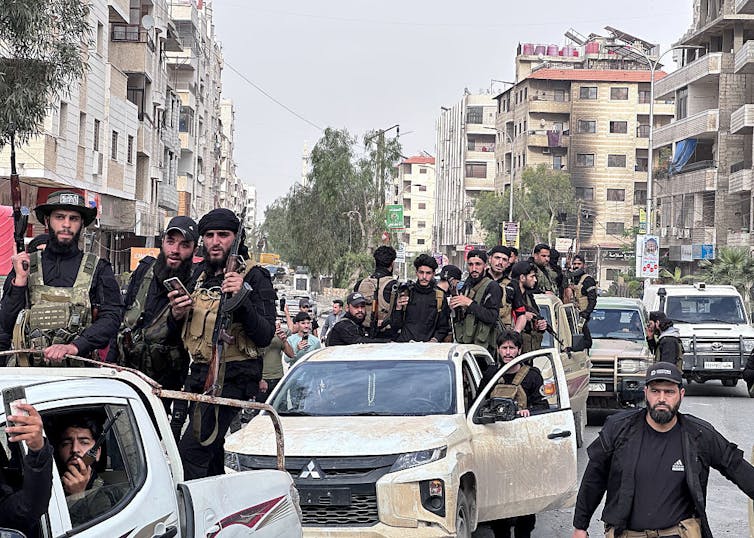
Look to the future
Al-Hijri, the most prominent of the three Druze clerics in Syria, has been especially critical of the transitional government. He has called for a secular, decentralized Syrian state that guarantees minority rights and their regional autonomy.
To many minority groups, it seems the recent brutality in Alawite, Christian and Druze areas was not intended just to impose the state’s exclusive authority to hold weapons, but also to suppress their democratic aspirations and national participation.
Ultimately, the core issue is the Syrian government’s failure to include and protect all citizens: Druze, Alawites, Christians, Kurds, Bedouins and other Sunni Muslims alike. Without change, we fear the promise of a democratic post-Assad Syria remains hollow and the new regime risks repeating its predecessors’ failures.
What is happening in Sweida is not a local crisis: For Syrians and the international community, we believe, it is a critical test of the country’s future and the region’s stability.
The authors do not work for, consult, own shares in or receive funding from any company or organization that would benefit from this article, and have disclosed no relevant affiliations beyond their academic appointment.
Read These Next
Polytechnic universities focus on practical, career-oriented skills, offering an alternative to trad
Polytechnic universities try to incorporate skills-based learning into education.
The dystopian Pottersville in ‘It’s a Wonderful Life’ is starting to feel less like fiction
Frank Capra’s dark vision of corruption and greed highlights both the dangers of concentrated power…
How one Florida program reduced preterm births – and how it could serve as a model for other communi
Central Hillsborough Healthy Start offers a model of community care that helps to prevent premature…



